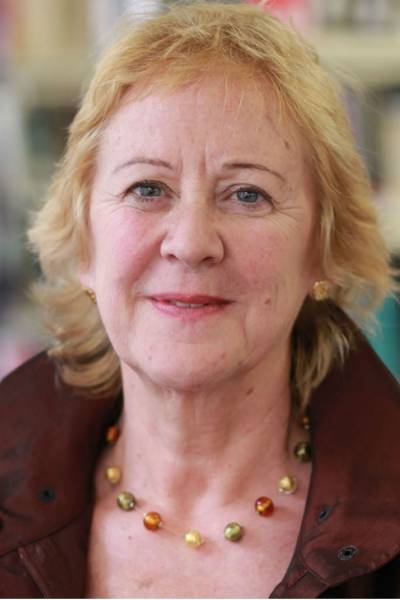What is your role and what does it involve?
My official title is Professor of Urban Education which I like. It reminds me of my teaching days in Peckham and leads to some entertaining conversations about urban apparel.
How long have you been at UCL and what was your previous role?
I've been at IOE for about 15 years. My work involves research and teaching. My first job was as a volunteer teacher in Eritrea. I've taught in inner-city schools, held political office in London as an elected member of the Inner London Education Authority (the ILEA) and been a local authority Chief Officer. I headed up the World Bank's Effective Schools and Teachers Group in Washington for two years and have carried out projects for UNICEF and the OECD. I've now worked in about 20 countries.
What's the most important thing you've learned from your students about the subject you teach?
One of my MA modules is called Leading in Diverse Culture and Communities. It has a wide international cohort - a veritable world in the classroom - which allows me to undertake an annual stock-take: What's happening in Chile? China? Nigeria? It's also a great pleasure to work along-side my doctoral students, from many parts of the globe. Some are leading educators on the part-time EdD programme, others are full-time Phd students - the next generation of educational leaders.
What working achievement or initiative are you most proud of?
My work on place and belonging. Belonging is that sense of being somewhere where you can feel confident that you will fit in and safe in your identity. I went into a school once and a child greeted me, 'Hallo Miss, you're the belonging lady'.
Tell us about a project you are working on now which is top of your to-do list.
My research - School a Place where I belong? - a partnership with London schools, supported by a great team (Dr Dina Mehmedbegovic, Dr Max Coates and Rhoda Furniss). It involved equipping newly qualified teachers and young people to ask the questions about belonging in their own schools, a process of research inquiry which helps create the kinds of social spaces where everybody feels that they belong.
We live in an uncertain world - a world on the move. More than half the world's 50 million refugees are children. Yet it's also an exciting world - of boundless opportunities and possibilities. I'm from Manchester and now live in London. Like so many of us today, my family originates from different parts of the world. Place and belonging matter to all of us: and schools are one of the few shared social institutions which can help create a sense of belonging - or exclusion.
School leaders are key. How they think, decide, act and reflect, and draw on their knowledge to create a road-map of possibilities is critical to the well-being of children and adults. I've developed the notion of leaders as 'place-makers' who recognise the power of belonging; appreciate that each person stands on common, yet different ground; and work to build 'trustful' schools.
What would it surprise people to know about you?
I test my ideas with children, teachers, school leaders and communities: What really works? Choreographer and dance poet TioMolina and I use the performing arts - the Worlds of Education, Culture and Art - to help make 'belonging' work for pupils from many different backgrounds. It's about developing the talents of young people and enabling adults to see things differently: through The Prism of Place and Belonging. Poetry, music and dance have a contemporary appeal and generate a sense of engagement, belonging and agency. Schools can be joyful and enquiring places in which young people blossom: academically, socially and emotionally. This is 'The Art of Possibilities.
What other piece of research outside of your own subject area interests you?
I am fascinated by wolves - how the pack works, how they live together - and 'trophic cascades' which I understand to mean what happens when the top predators disappear - the Yellowstone National Park story. Wolves were re-introduced into the Park after an extended absence. Overgrazing was reduced (the elk population inevitably shrank!); trees such as willow and aspen flourished; there was an increase in birdsong; more beavers and less soil erosion. The lessons go far beyond taking care of our ecosystems and include the importance of thinking big, making connections. My future plans include walking with wolves.
 Close
Close


